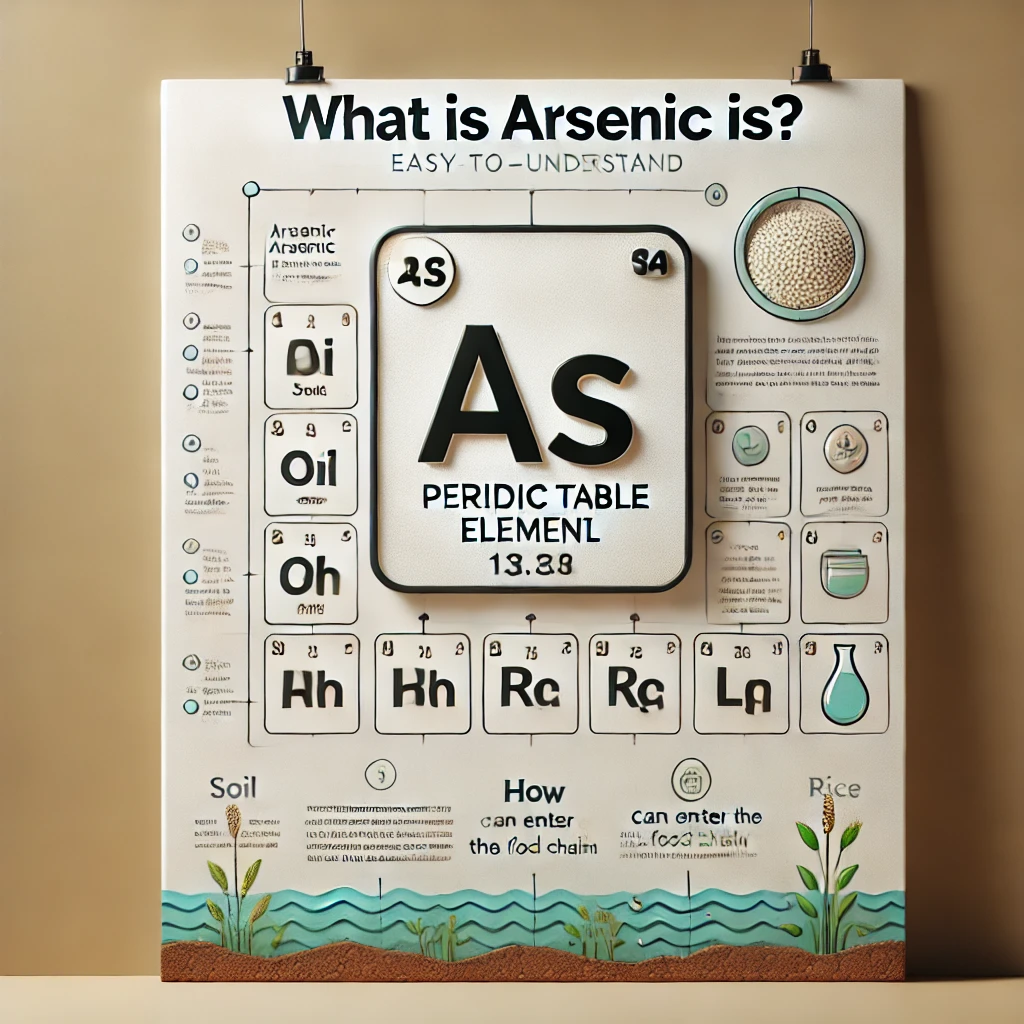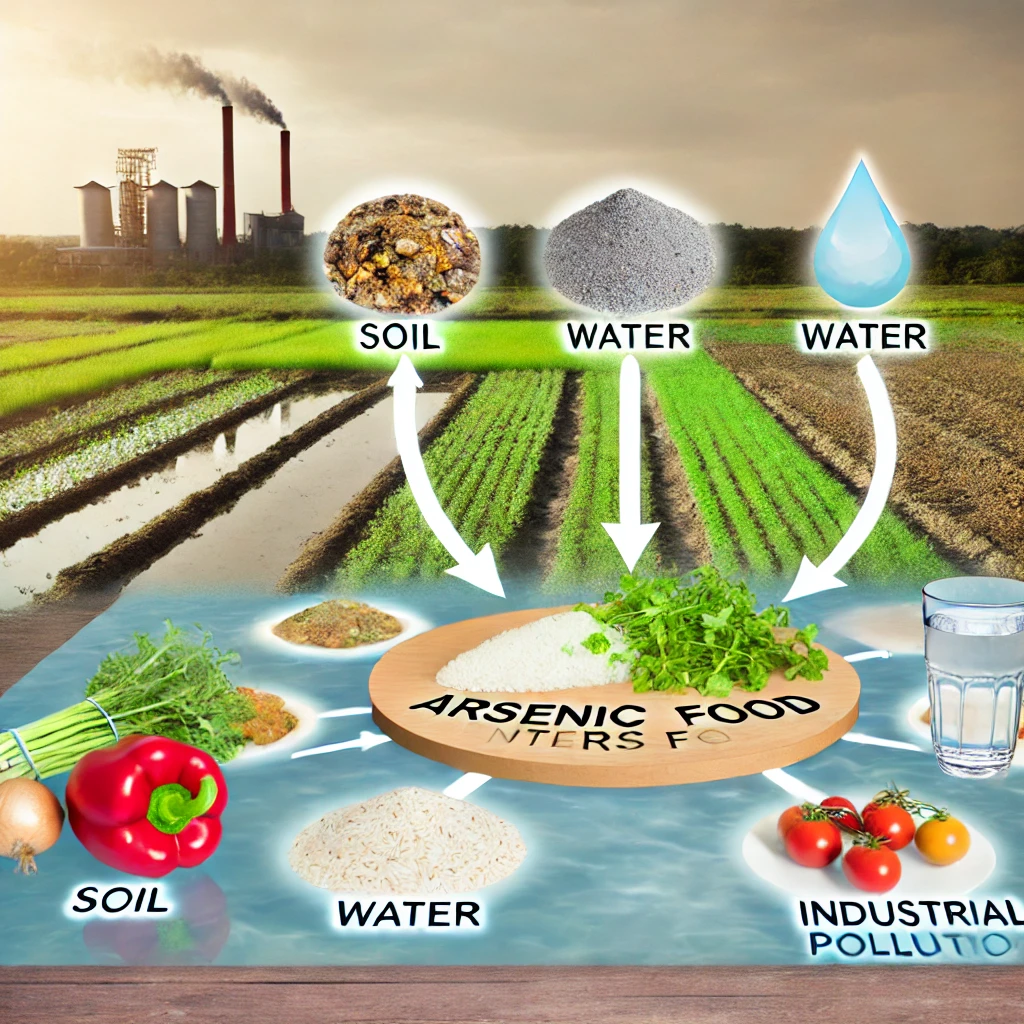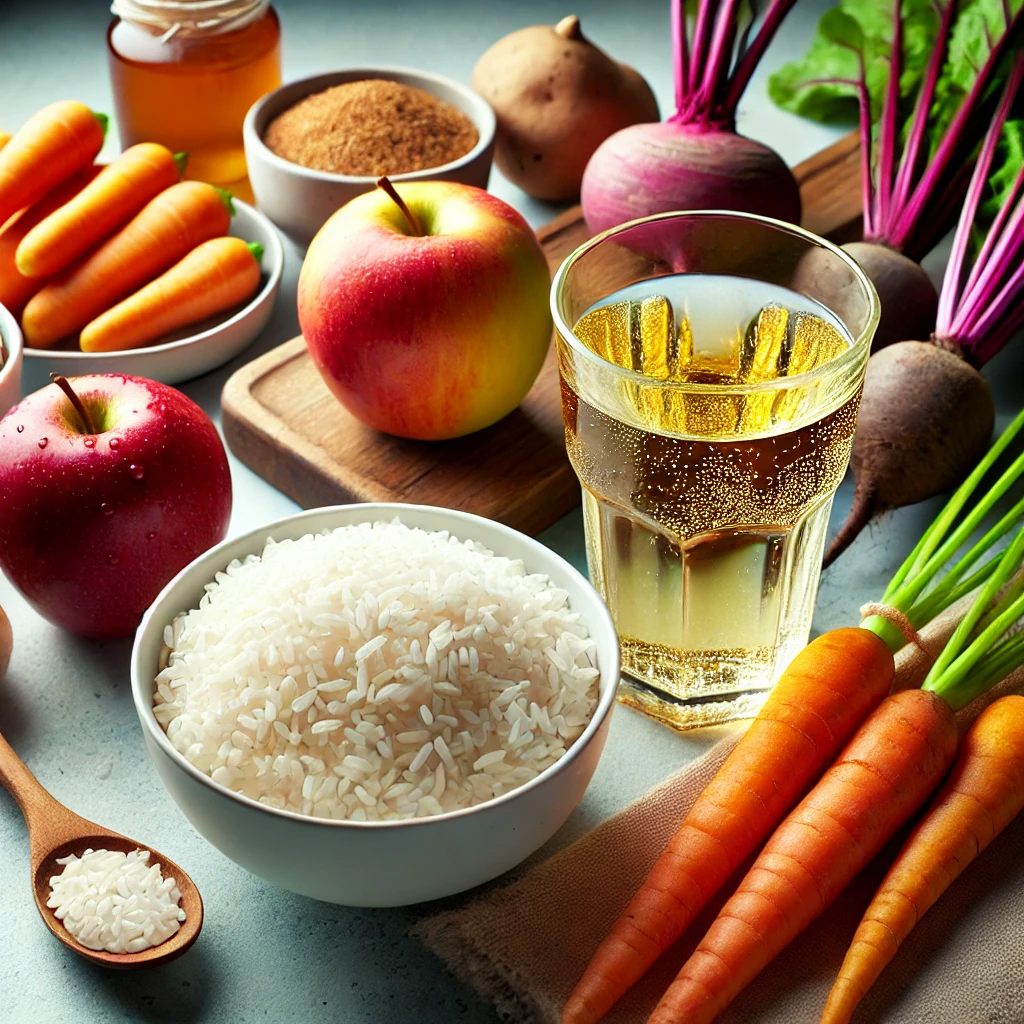Arsenic contamination in food has become a growing concern, especially with recent reports of its detection in common food items like apple juice.
This issue has led to several product recalls and raised questions about how arsenic enters our food supply, its potential health risks, and what consumers can do to minimize their exposure. Understanding the sources of arsenic, its impact on health, and actionable steps can help ensure a safer diet.
What Is Arsenic?

Arsenic is a naturally occurring element found in the air, water, and soil. It exists in two primary forms: organic and inorganic. Inorganic arsenic, which is more toxic, is typically linked to health risks.
This form of arsenic has been detected in various foods, especially those grown in contaminated soil or irrigated with arsenic-laden water. While low-level exposure to arsenic is unavoidable due to its natural presence in the environment, higher levels in food can pose significant health risks over time.
How Does Arsenic Enter Food?
Arsenic can find its way into the food supply through multiple routes. It is naturally present in some regions’ water and soil, and it can be absorbed by crops.

In the past, arsenic-based pesticides were commonly used in agriculture, and though their use has been reduced, residual contamination in soil remains an issue. This is particularly concerning for crops like rice, apples, and root vegetables, which can absorb arsenic from both soil and water.
Additionally, industrial processes like mining and metal smelting can release arsenic into the environment, further contaminating water sources used for irrigation.
Foods Most Affected By Arsenic Contamination

- Rice and Rice Products: Rice is particularly susceptible to arsenic contamination because it is grown in water-flooded conditions, which make it easier for arsenic to be absorbed from the soil. Brown rice tends to have higher levels of arsenic compared to white rice, as the outer layers, which contain more arsenic, are not removed during processing.
- Apples and Apple Juice: Arsenic has been detected in apple juice, leading to several recalls. The contamination in apple juice often results from the water used to irrigate the apple trees or residual pesticide use in certain regions.
- Root Vegetables: Root vegetables, including sweet potatoes and carrots, can accumulate arsenic in their skins. Washing and peeling these vegetables before consumption can reduce arsenic exposure.
- Drinking Water: In many parts of the world, contaminated drinking water is the primary source of arsenic exposure. This is particularly true in regions with naturally high arsenic levels in groundwater.
Health Risks of Arsenic Exposure
Arsenic is classified as a carcinogen, meaning long-term exposure can increase the risk of developing cancer, particularly skin, lung, and bladder cancers.
The World Health Organization (WHO) also associates chronic arsenic exposure with cardiovascular diseases, pulmonary conditions, and developmental issues in children.
Short-term exposure to high levels of arsenic can cause acute symptoms such as vomiting, abdominal pain, diarrhea, and numbness or tingling in the extremities. However, the primary concern is low-dose, long-term exposure, which can lead to more severe health outcomes over time.
Recent Arsenic Contamination In Apple Juice
In recent years, several apple juice brands have been recalled due to unacceptable levels of arsenic. Most notably, in September 2023, the FDA recalled over 133,500 cases of apple juice from Refresco Beverages after tests revealed arsenic levels above the acceptable limit of 10 parts per billion (ppb).
Previously, the acceptable limit for inorganic arsenic in apple juice was 23 ppb, but the FDA has since tightened regulations to improve public safety.
This recall highlights the importance of stricter monitoring and regulation of arsenic levels in food products, especially those consumed by children, who are more vulnerable to the effects of toxic substances.
Can Arsenic Poisoning Be Reversed?
In cases of acute arsenic poisoning, treatments such as chelation therapy can help reduce the body’s arsenic levels. However, for chronic, low-dose exposure, there is no widely available treatment to reverse the damage caused by arsenic.
The best approach is prevention—minimizing exposure by being mindful of food sources and making informed dietary choices.
How To Minimize Arsenic Exposure In Food
While it may not be possible to eliminate arsenic from your diet entirely, there are steps you can take to minimize exposure:
- Rinse Rice: Rinsing rice before cooking and cooking it in excess water (using a ratio of 6 cups of water to 1 cup of rice) can help reduce arsenic levels. After cooking, drain the excess water to further reduce exposure.
- Choose Rice Wisely: Research shows that basmati rice tends to have lower arsenic levels compared to other varieties. Additionally, rice grown in California generally has lower arsenic levels than rice grown in the southern United States, where arsenic-based pesticides were historically used more heavily.
- Peel Root Vegetables: Peeling root vegetables like sweet potatoes and carrots can help reduce arsenic levels, as most of the contamination is found in the skin.
- Diversify Your Diet: Varying your diet by incorporating a wide range of grains (such as quinoa, barley, or bulgur) instead of relying solely on rice can help reduce your overall arsenic intake.
- Check Water Sources: If you live in an area with naturally high arsenic levels in the groundwater, consider using a water filter that can remove arsenic, or have your water tested to determine its arsenic content.
FDA And Industry Response
The FDA has increased its efforts to regulate and monitor arsenic levels in food products. The recent reduction of the acceptable arsenic limit in apple juice from 23 ppb to 10 ppb reflects the agency’s commitment to public health.
Food manufacturers are also under increasing pressure to ensure their products meet safety standards.
Conclusion:
Arsenic contamination in food is a serious concern, particularly for certain products like rice and apple juice. While the presence of arsenic in the environment is unavoidable, consumers can take steps to minimize their exposure through informed dietary choices.
Rinsing rice, peeling root vegetables, and checking water sources are simple ways to reduce arsenic intake. As regulations continue to tighten, food manufacturers will need to ensure their products meet safety standards, offering consumers greater peace of mind.
